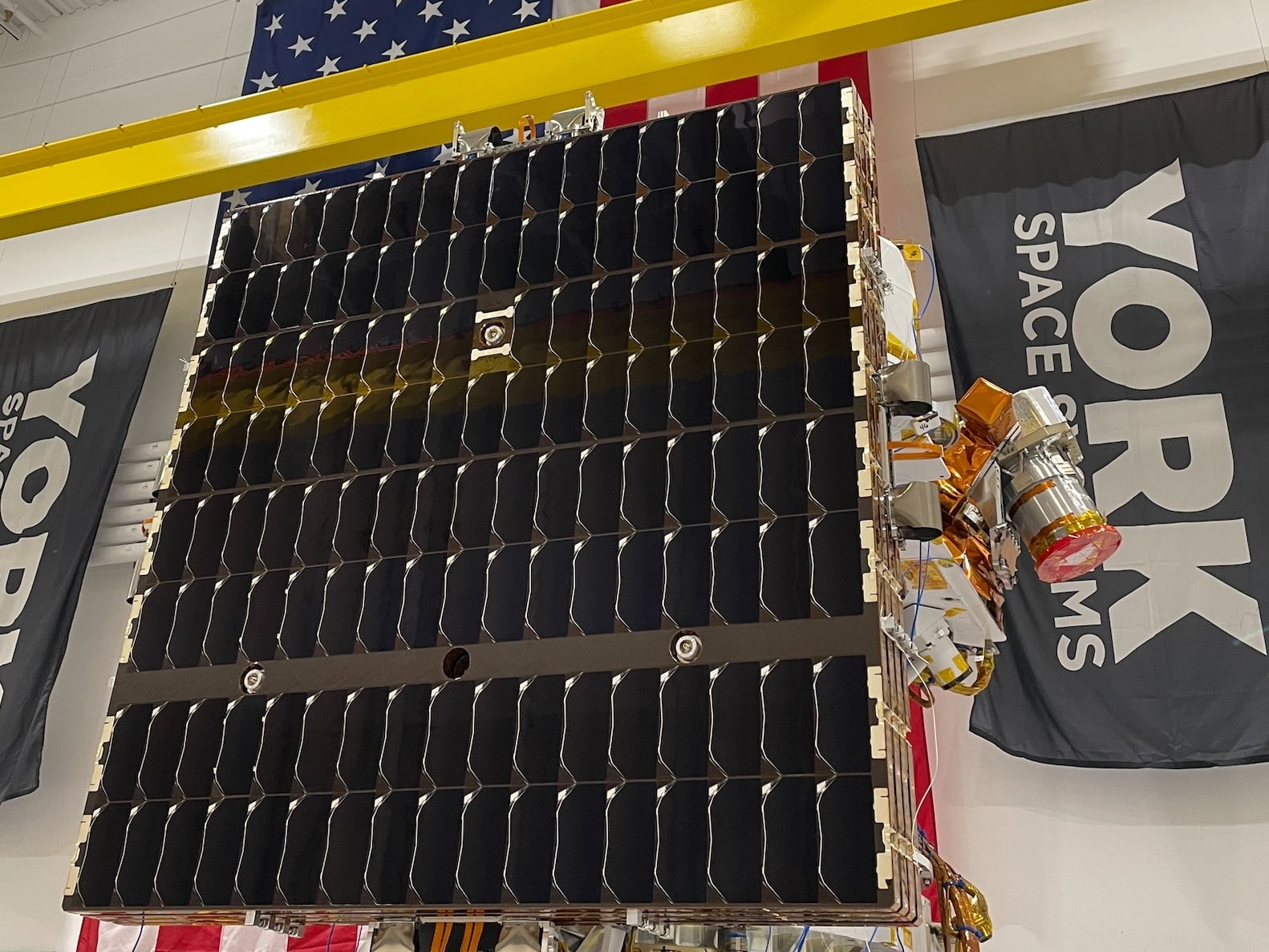

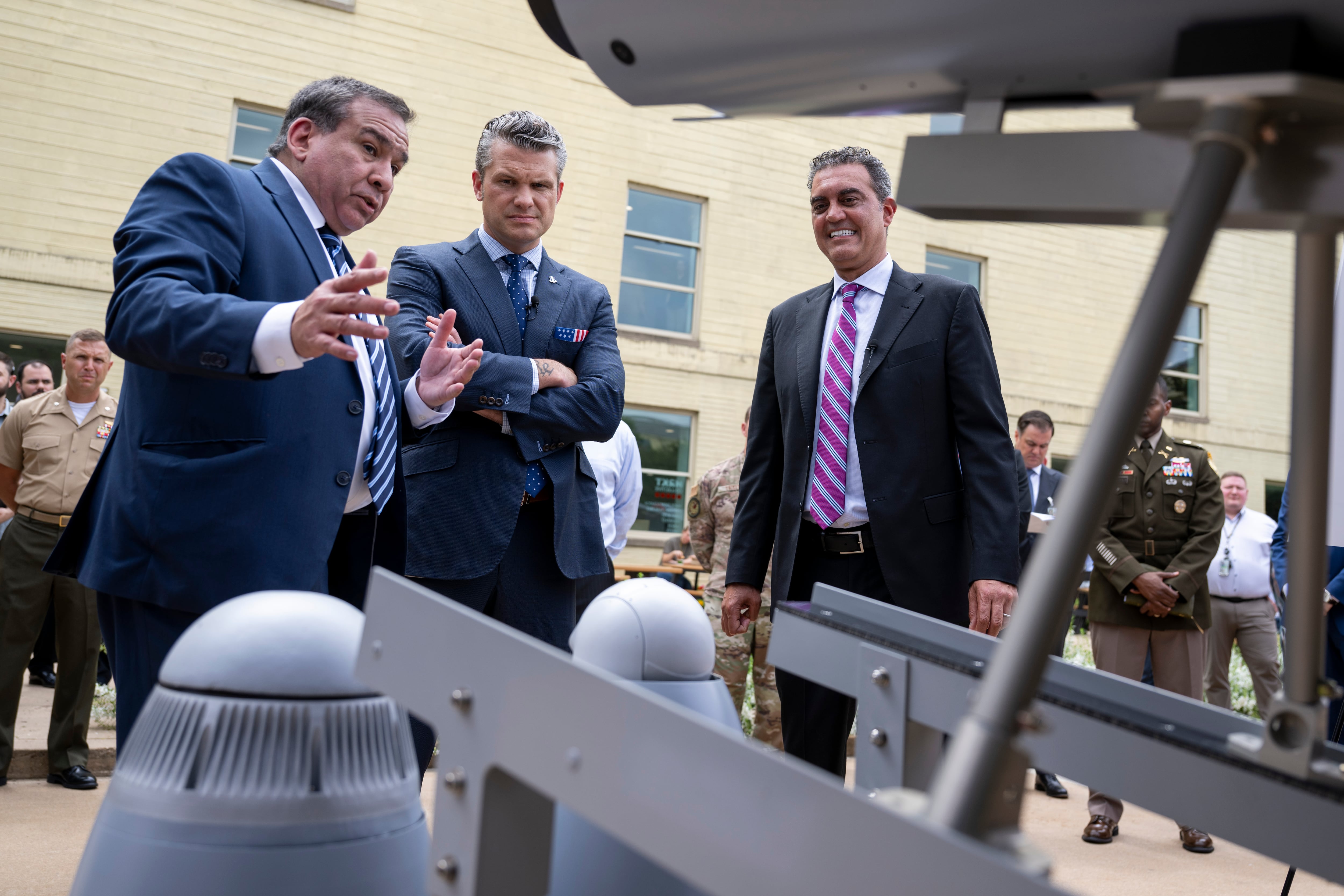
Unmanned
Pentagon officials tout rapid experimentation at courtyard showcase
Officials said Wednesday that rapid experimentation is now "institutionalized" after cutting a program created to find and quickly demo high-need tech.

Pentagon taps four commercial tech firms to expand military use of AI
The four firms — Google, Anthropic, OpenAI and Elon Musk's xAI — will help the DOD develop AI workflows for key national security missions.
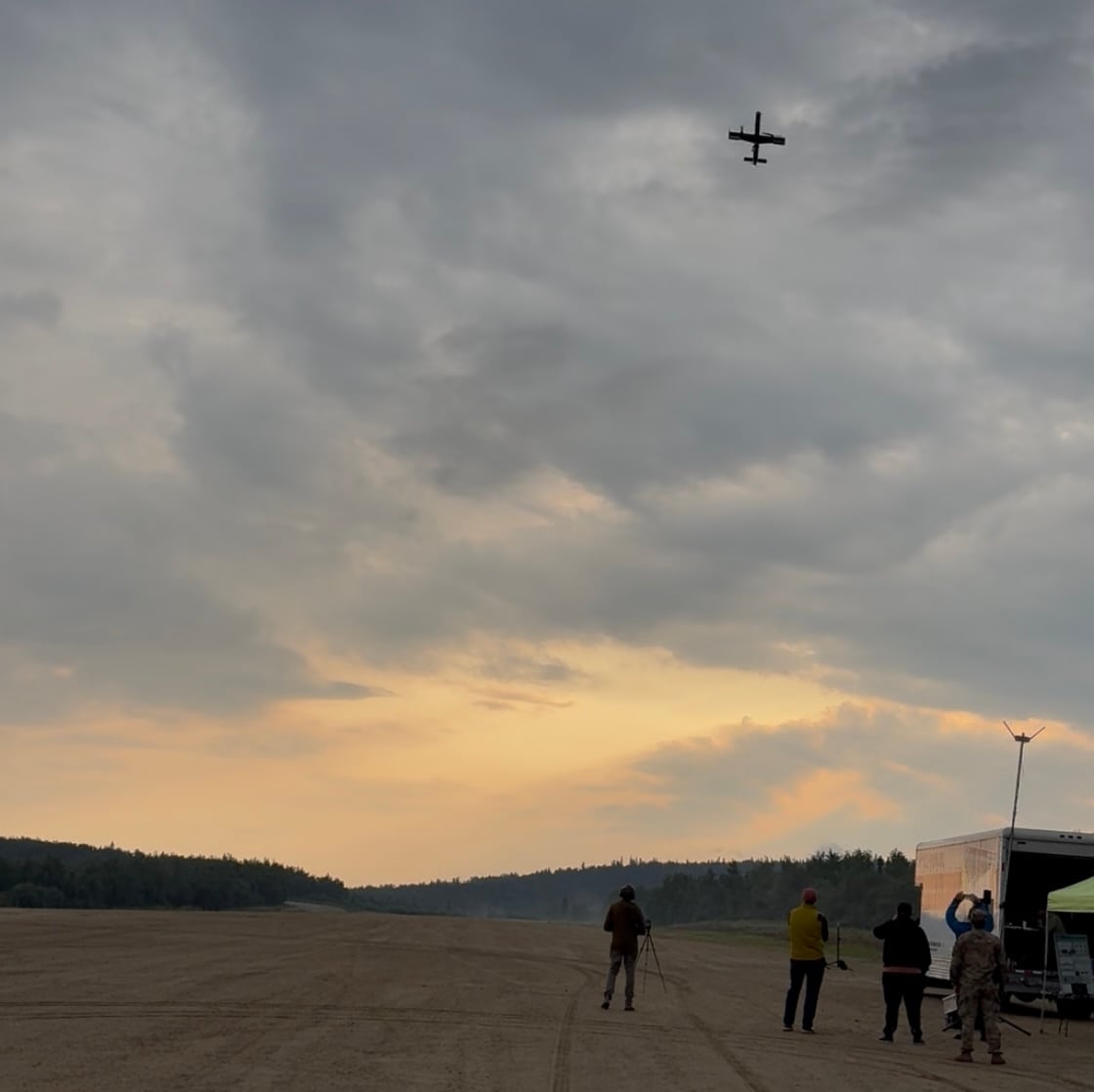
Jammed and confused: Alaska trial shows pitfalls of fielding US drones
One drone failed repeatedly to find its target when jammed and ultimately crashed into a hill. Another flew past its target and went up in flames.
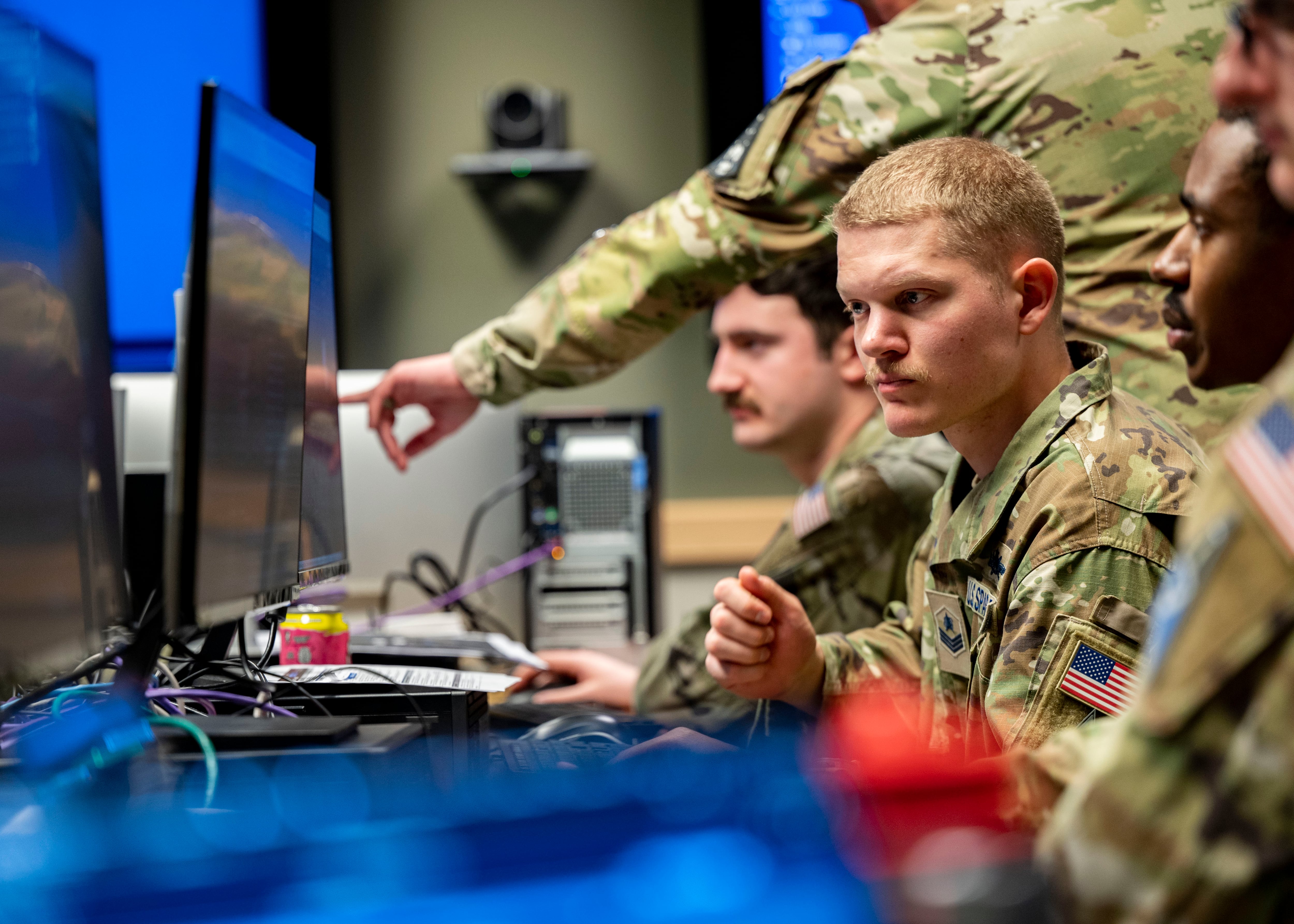
Space Force building out more realistic digital training environment
STARCOM plans to transition Swarm to a cloud-based environment in the next year or two if it has the funding to support the effort.
SPECIAL FEATURES

Register: Defense News Conference 2025
Military, government and industry leaders will gather to discuss the hot topic of "Deterring Threats from the Indo-Pacific"

Autonomous Data Fusion on the Modern Battlefield
A look at how data fusion is critical to maintaining information dominance, how the new prime contractors can offer agility, speed, innovation, and more.

DOD 8140 Compliance Guide for Cyber Workforce Leaders
A break down of what 8140 requires, highlighting where teams get stuck, and how you build a plan that gets your workforce qualified.

DOD’s Cyber Workforce Challenges
This whitepaper explores how the DoD can close the cyber workforce skills gap, how ‘upskilling’ protects national security in the digital age, and more.
Space

York to expand services from space to ground via ATLAS acquisition
The acquisition of ATLAS by York’s holding company gives York access to the company’s global antenna network.
Artificial Intelligence

Pentagon taps four commercial tech firms to expand military use of AI
The four firms — Google, Anthropic, OpenAI and Elon Musk's xAI — will help the DOD develop AI workflows for key national security missions.
Unmanned
Pentagon officials tout rapid experimentation at courtyard showcase
Officials said Wednesday that rapid experimentation is now "institutionalized" after cutting a program created to find and quickly demo high-need tech.

Jammed and confused: Alaska trial shows pitfalls of fielding US drones
One drone failed repeatedly to find its target when jammed and ultimately crashed into a hill. Another flew past its target and went up in flames.

Hegseth calls for extensive reforms to Pentagon drone-buying practices
The memo directs the military services to create active duty formations by September, built for the sole purpose of scaling the use of drones across DOD.
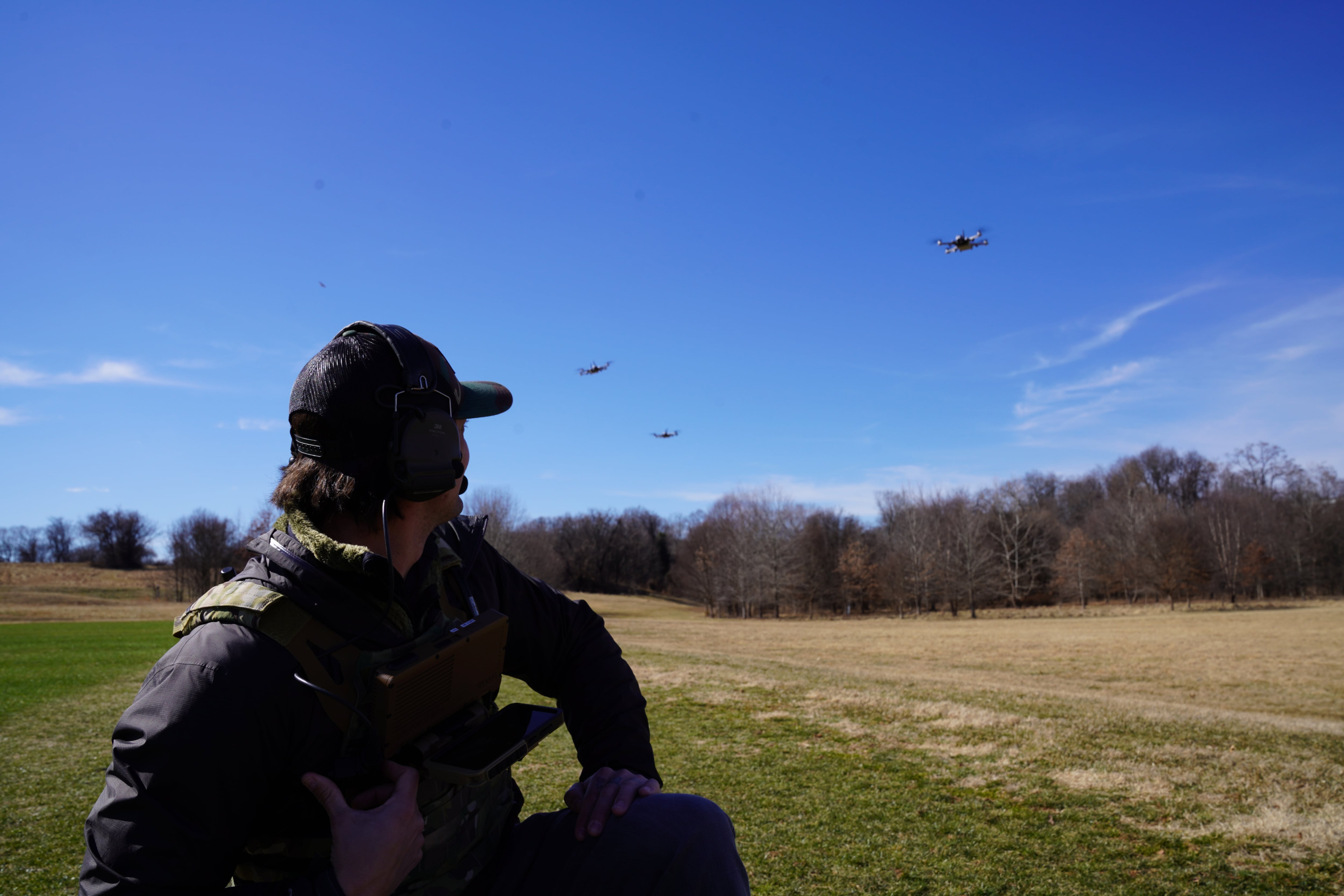
Unmanned
Pentagon trials drone-spotting air traffic suite at US bases worldwide
The Air Force Research Laboratory's CLUE system could help military and civil agencies better integrate drone operations into the airspace.
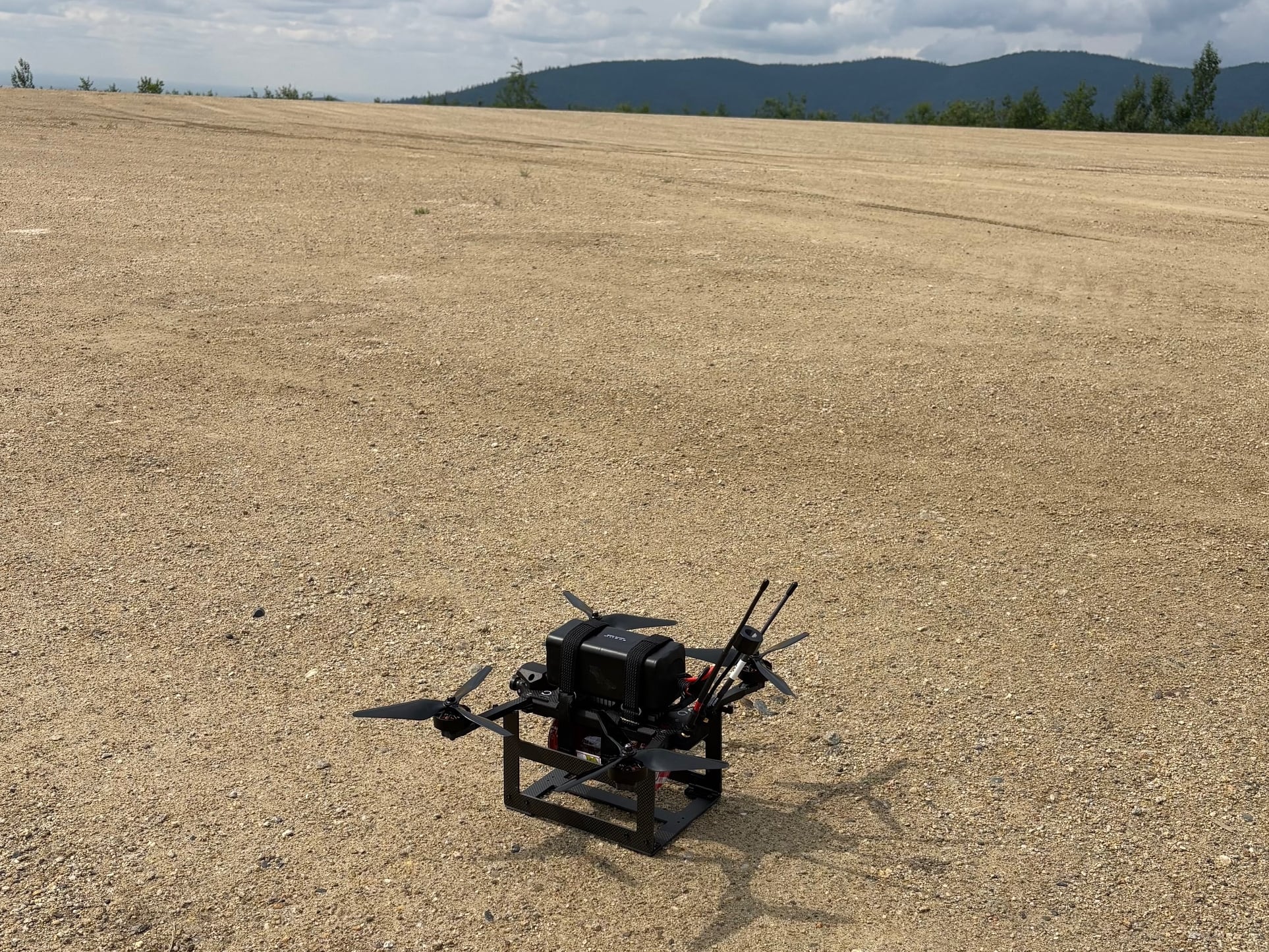
‘Made-in-America’ drone maker Neros awaits its big Pentagon break
The company aims to increase its production capacity from 1,500 drones per month to 10,000 by the end of this year.
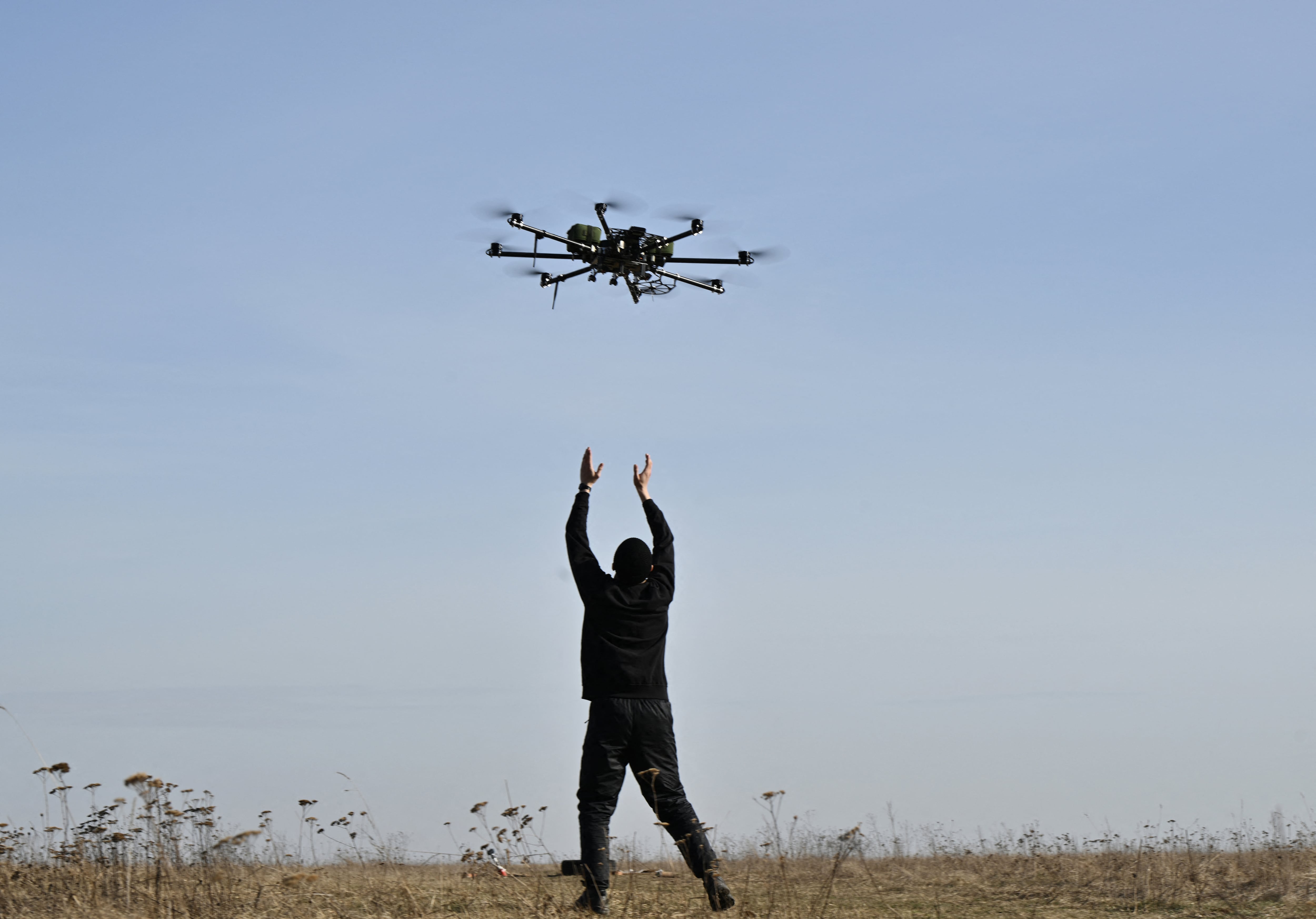
Pentagon prize challenge seeks ‘ready-now’ uncrewed systems
DIU is establishing a $20 million prize pool for the project, and the solicitation will stay open through the end of the year on a rolling basis.
Cyber
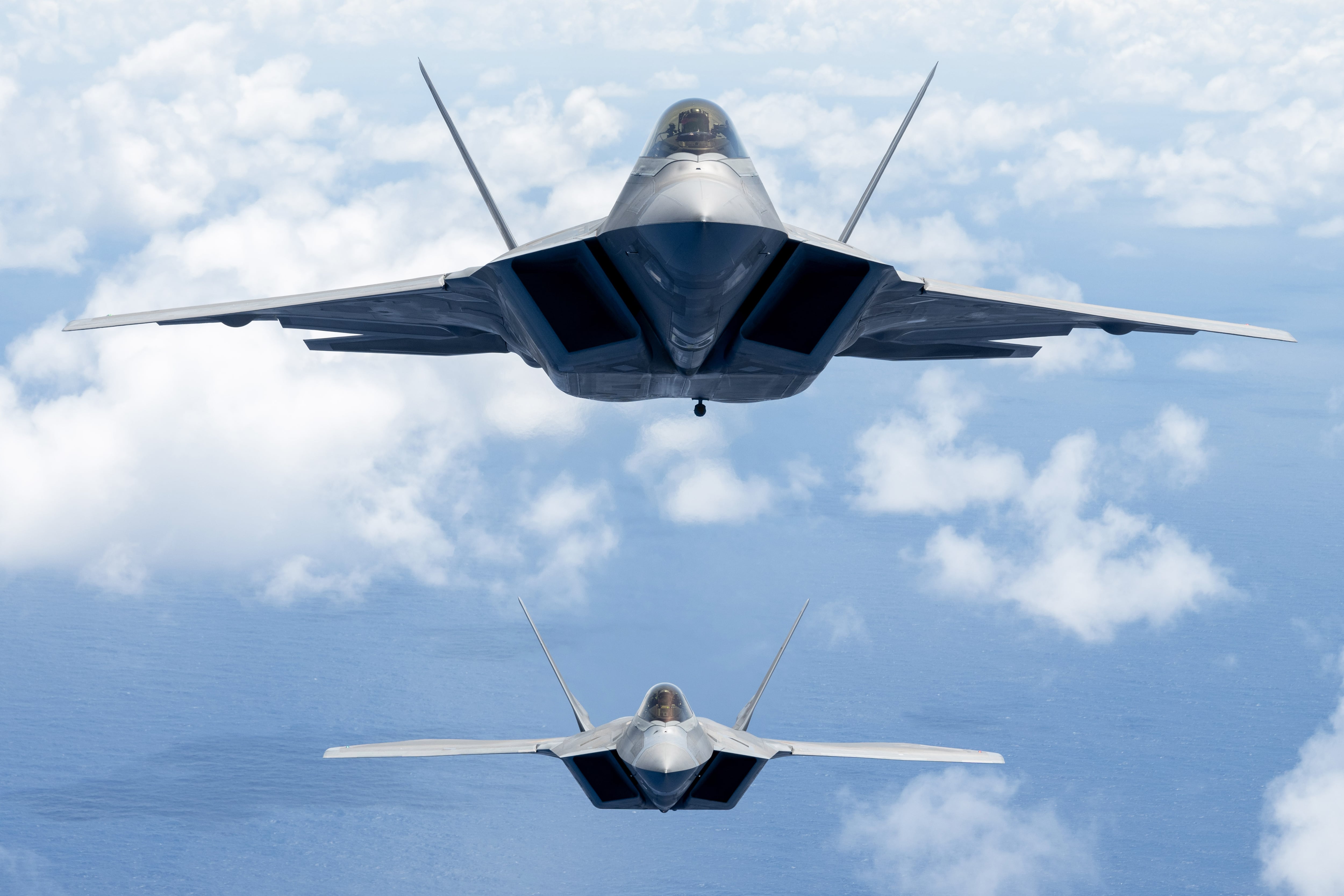
For Air Force weather experts, the cloud is the future – rain or shine
The organization, which provides operational weather tools to the military and intelligence agencies, expects to fully transition to the cloud next year.
Electronic Warfare

Anduril announces lighter, smaller Pulsar jammer
The system is about the size of a shoebox and weighs less than 25 pounds, allowing users to quickly deploy it against enemy threats, like drone swarms.
VIDEOS
VA Deputy Secretary Paul Lawrence: ‘Veterans issues are bipartisan’
Veterans Affairs second in command sees opportunity for compromise and cooperation between Democrats and administration leaders on VA issues.
Featured Videos
Trending Now
More Stories
Opinion
AI will play critical role in managing US supply chains
We need end-to-end visibility—giving companies the foresight to keep out bad actors undermining our national security.
By Brendan J. Galla
Thousands using personal cell phones, tablets for official Army work
If "you want to reach me on the weekend," Lt. Gen. John Morrison said at TechNet Augusta, "call me on my personal device."
Opinion
Rethinking who’s winning the US-China tech competition
Shifting the focus to metrics will offer a more accurate picture of U.S.-China technological competition and capture critical U.S. strengths.
By Jon Schmid
The ABCs of the military’s highly classified Area 51
You’re not allowed to visit the part of Nevada known as Area 51, but that's because the top-secret facility has to do with spy planes, not space aliens.
By Christopher Nichols, The Ohio State University
Allies send new reconnaissance drone, counter-UAS systems to Ukraine
Rheinmetall Luna drones and Kongsberg CORTEX Typhon anti-drone weapons are slated to make their way to Ukraine.
US Army testing communications gear for different fighting styles
The Army is investing in the division as it prepares for potential conflict in the Indo-Pacific, against China, or in Europe, against Russia.
To nail logistics, US Army works on info-sharing at Talisman Sabre
The Talisman Sabre exercise was led this year by Australia. It featured more than 30,000 troops from more than a dozen countries.
Russia sent a message to Turkey when it bombed Motor Sich, say experts
The Turkish company Baykar builds the Akinci and Kizilelma drones, for which Motor Sich provides engines.
Opinion
The time is now to go all in on modernizing weapon systems
Just as kinetic capabilities are crucial to success on the ground, so too is data crucial to operational success in cyberspace.
By Mike Weigand




